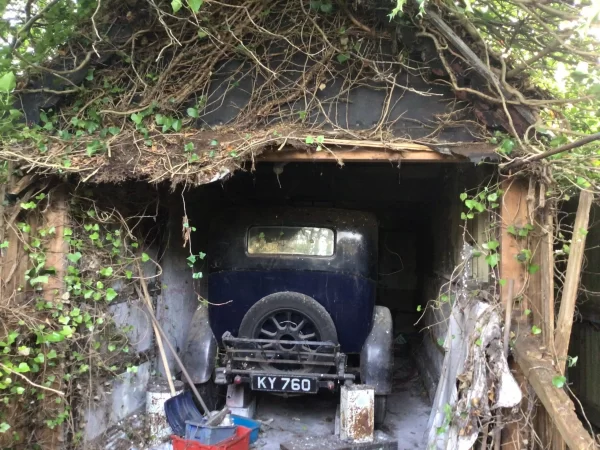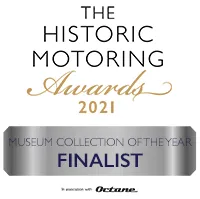Introducing the Aston Martin Lagonda to the collection
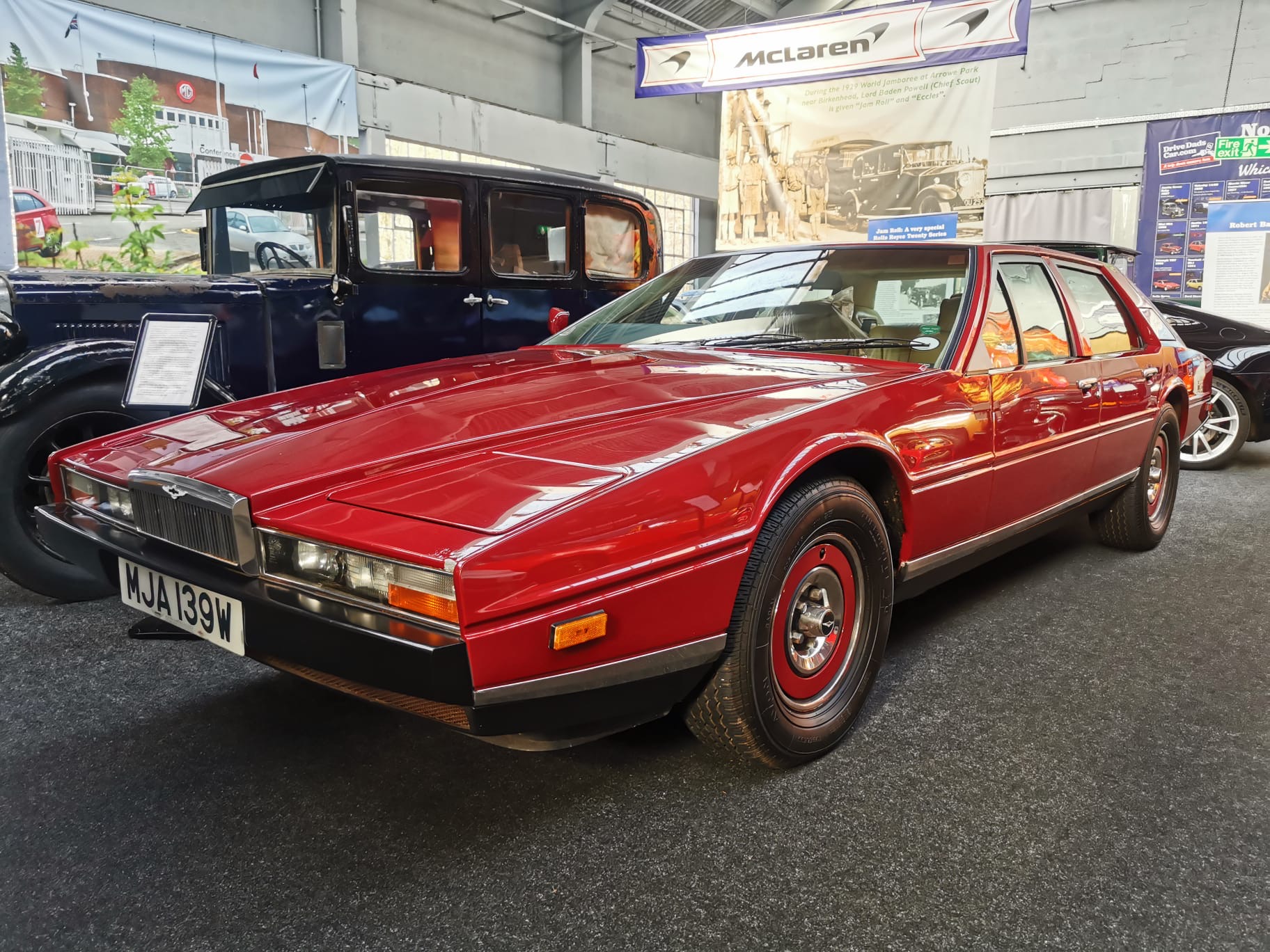
The latest addition to the Great British Car Journey collection, is this amazing 1980 V8 Aston Martin Lagonda.
The launch of the Lagonda in 1976 saw Aston Martin take on Rolls Royce and Bentley in the fast four-seater luxury market.
When it was unveiled at the London Motor Show there was a real sense of excitement with its bold ‘folded paper’ styling being matched by a fully electronic dashboard and control panels which looked as if they had come from a spaceship. Despite a price tag 44 years ago of almost £50,000, the car caused a sensation with nearly 200 deposits were taken at launch.
However, production was painfully slow as the electronics proved stubbornly unreliable. It was more than a year before Lady Tavistock took delivery of the first customer car, by which time King Charles had already taken a test drive. Some 640 of these cars were made between 1977 and 1990, many being exported to America and the Middle East.
Powered by a 5.4 litre V8 running on Weber carburettors, the Lagonda could reach 60mph in 8.5 seconds and achieve a top speed of 148mph. The Lagonda epitomised the optimism of the late 70s and early 80s – it looked like no other four-seater car and was guaranteed to pull a crowd.
This car was delivered to its first owner by Aston Martin agents: Donaldson and Evans on 1st October 1980. Its last owner loved and looked after the car for more than 30 years and it has only covered a mere 17,000 miles – in remarkable condition for its age.
Designed by William Towns, the distinctive shape divides opinion like Marmite as can be seen here.
One thing is certain – no British company will produce such a distinctive, dramatic and expensive four seater powered by petrol again.
We are grateful to Aston Engineering in Derby for finding this car and helping us recommission her.
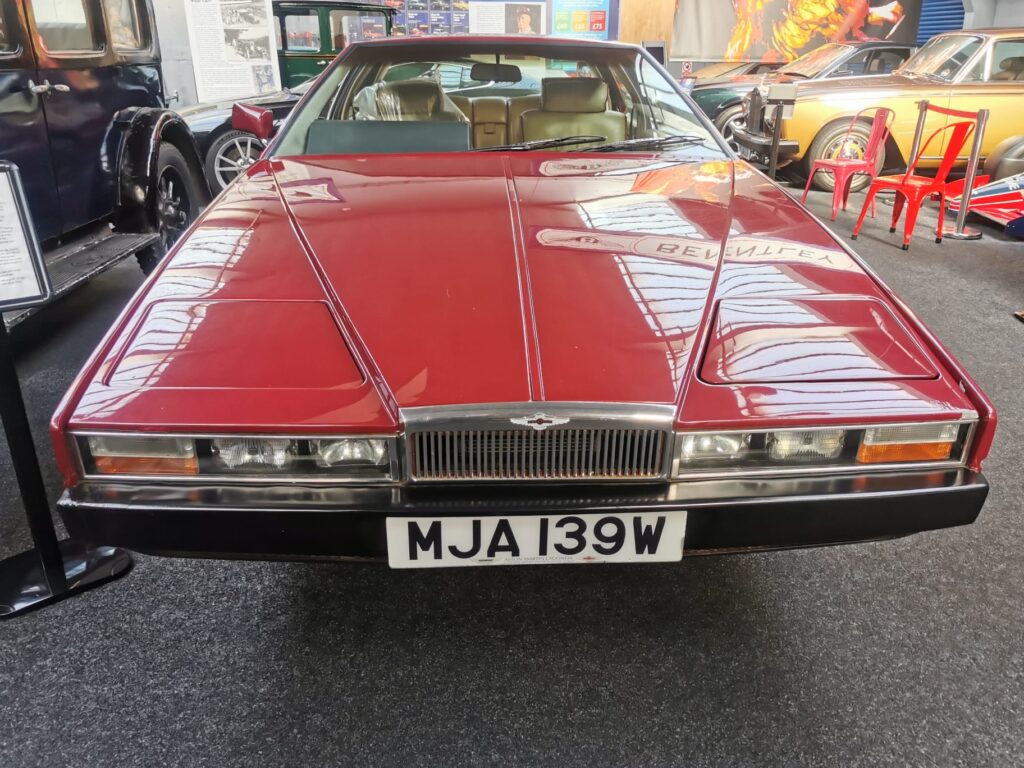
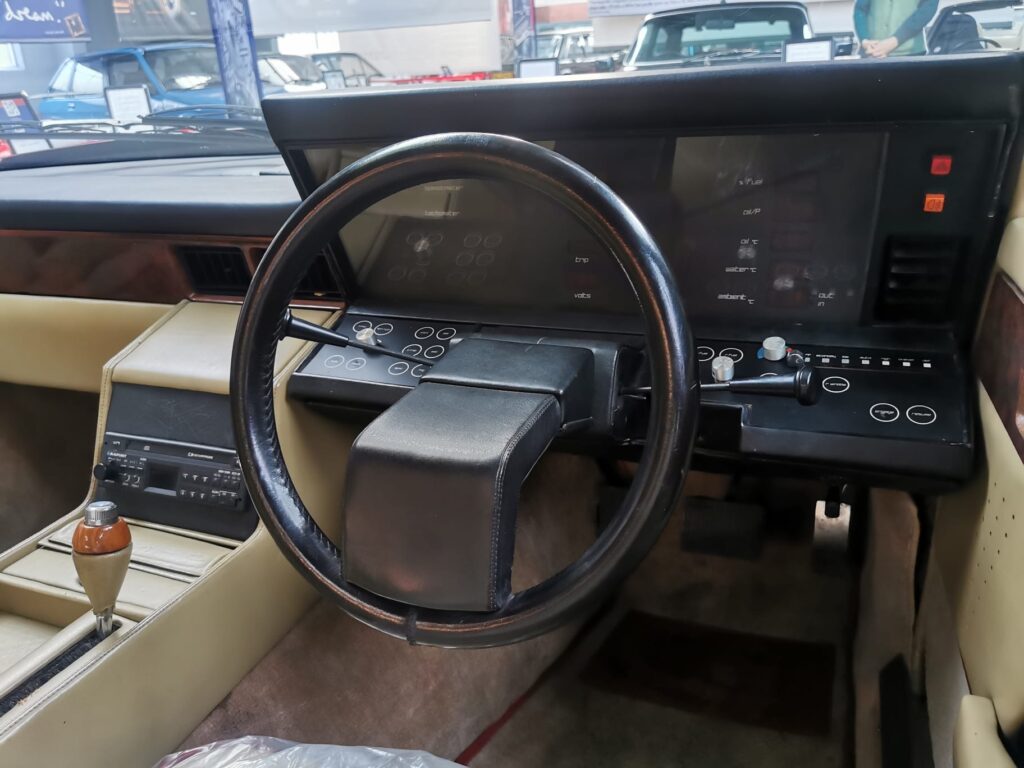
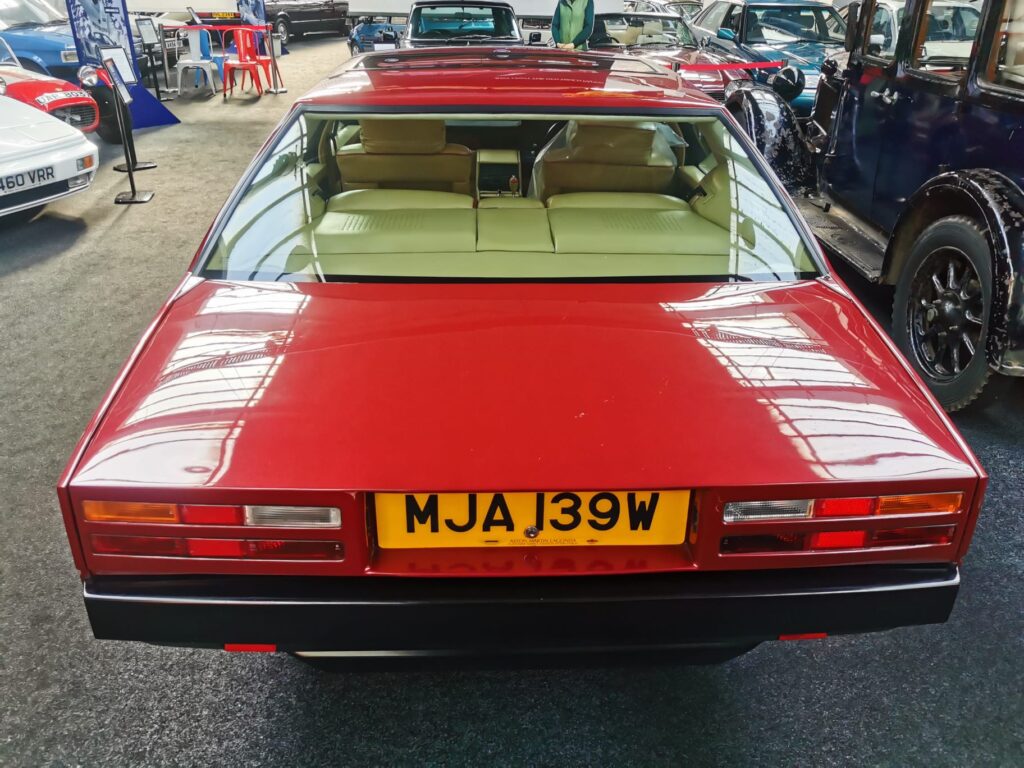
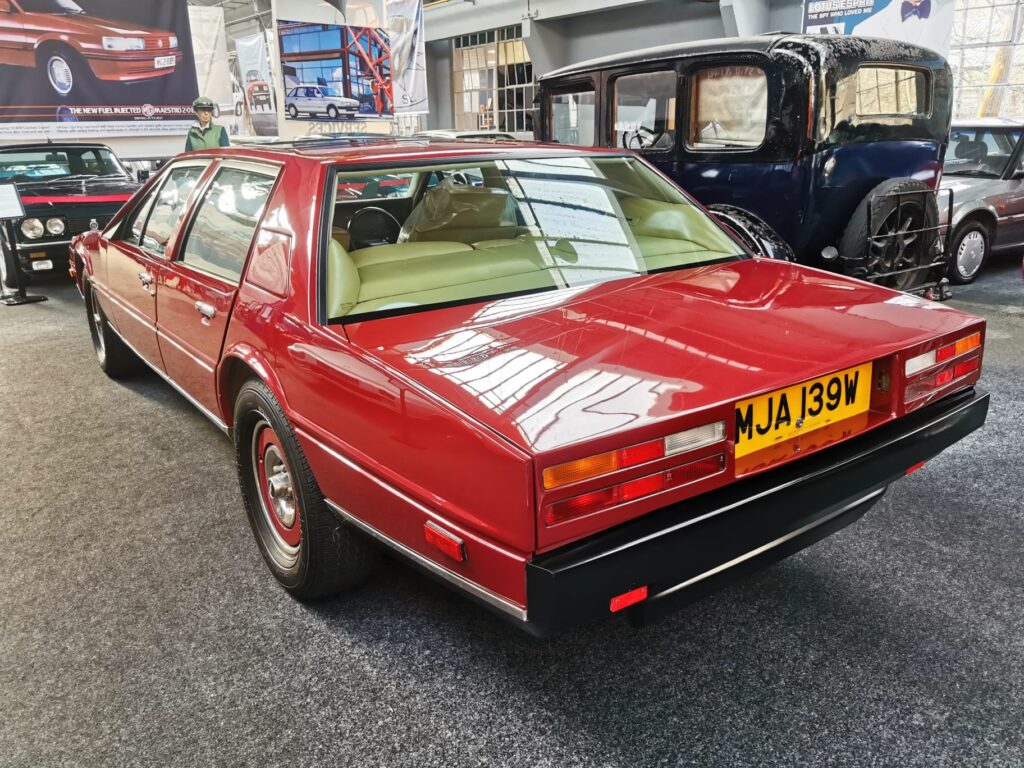
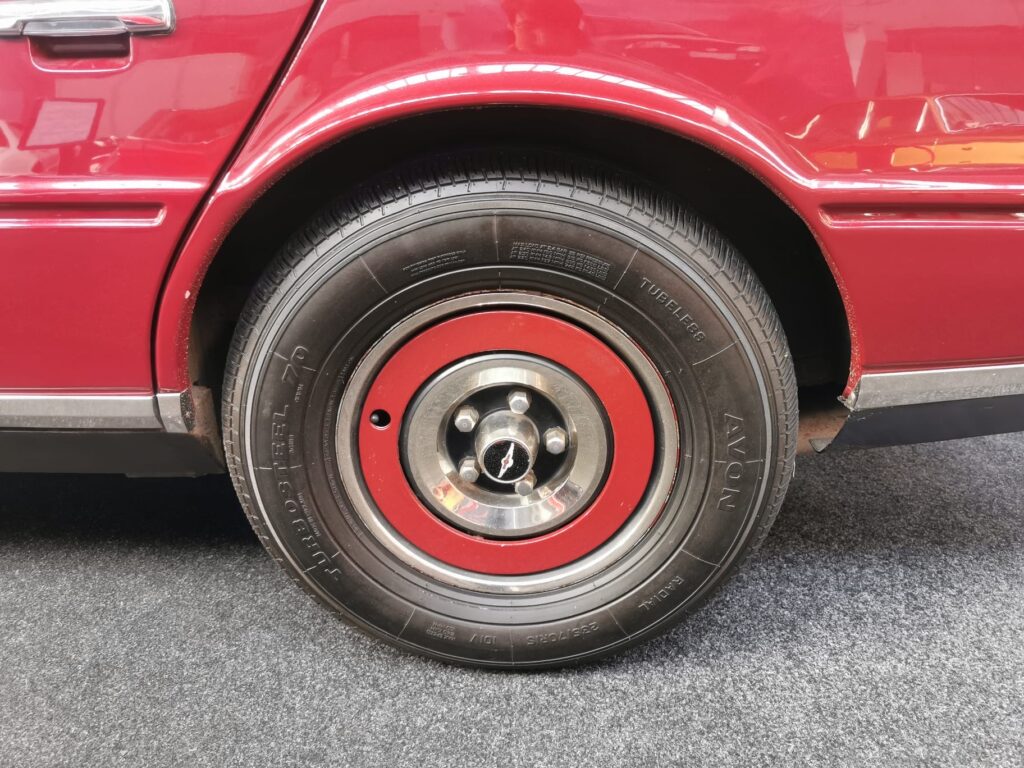
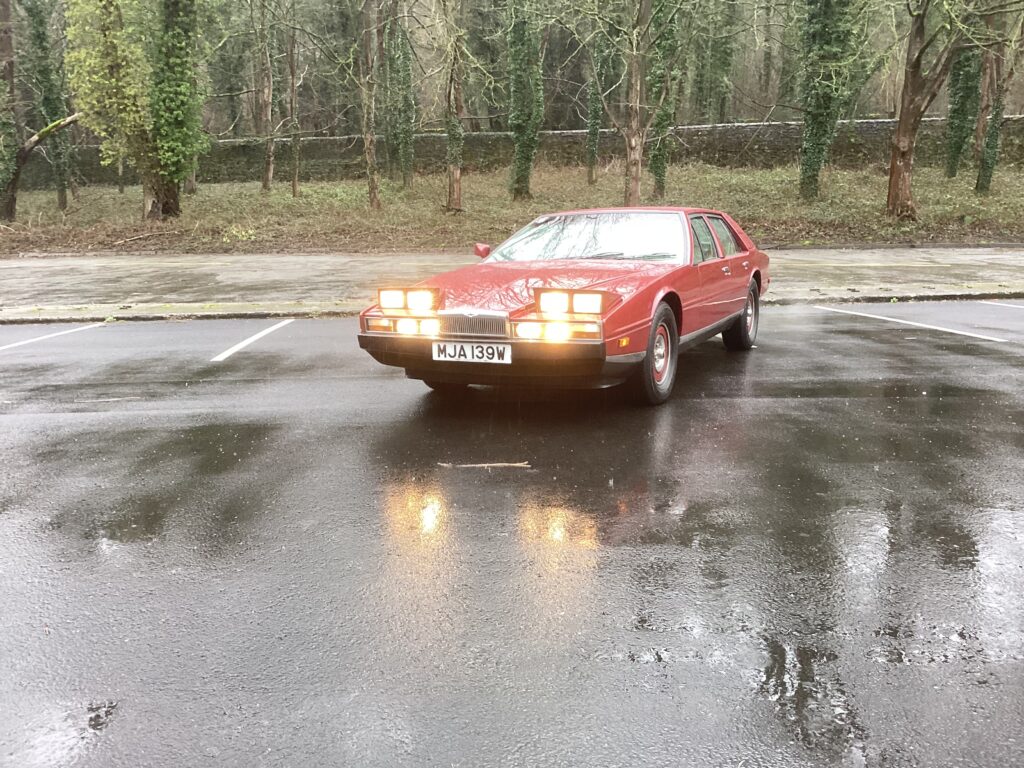
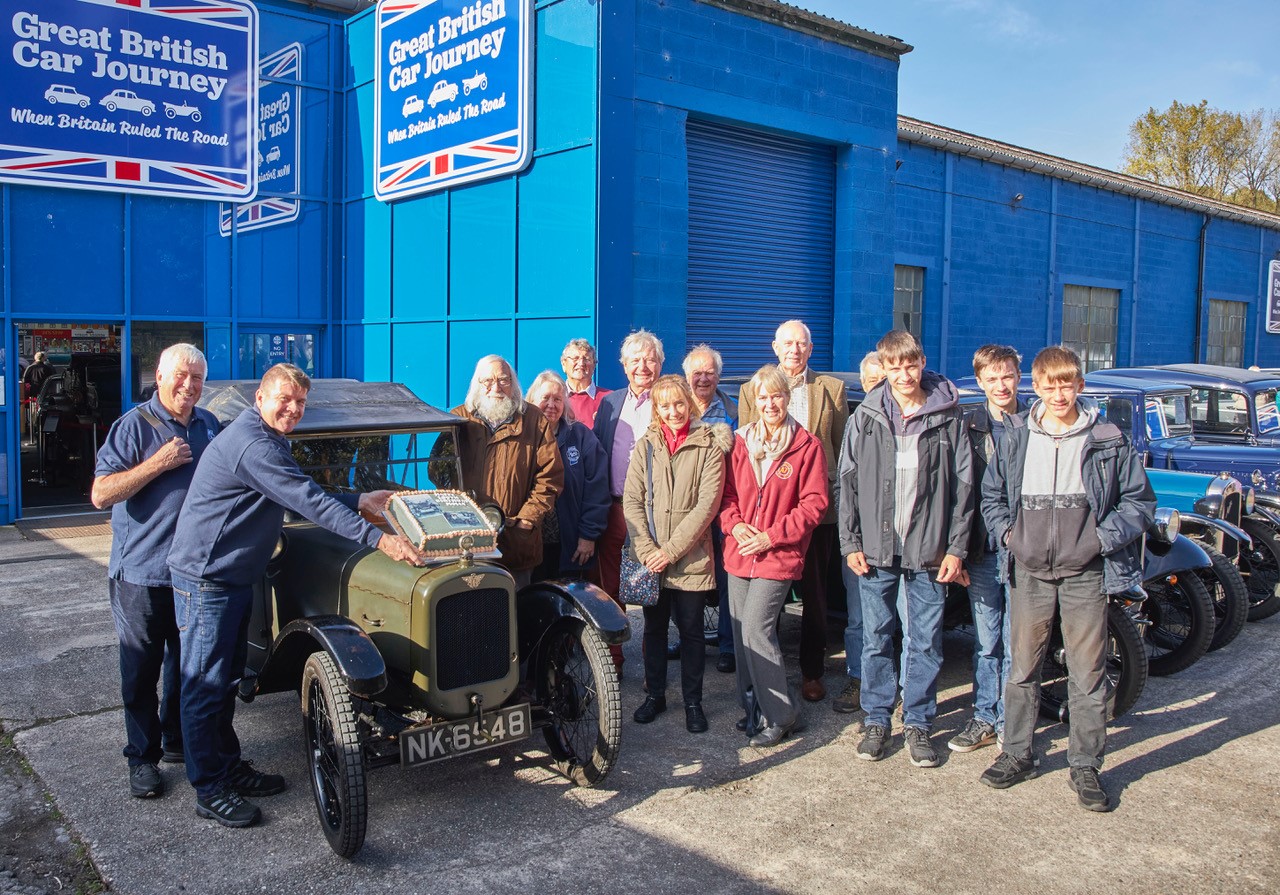
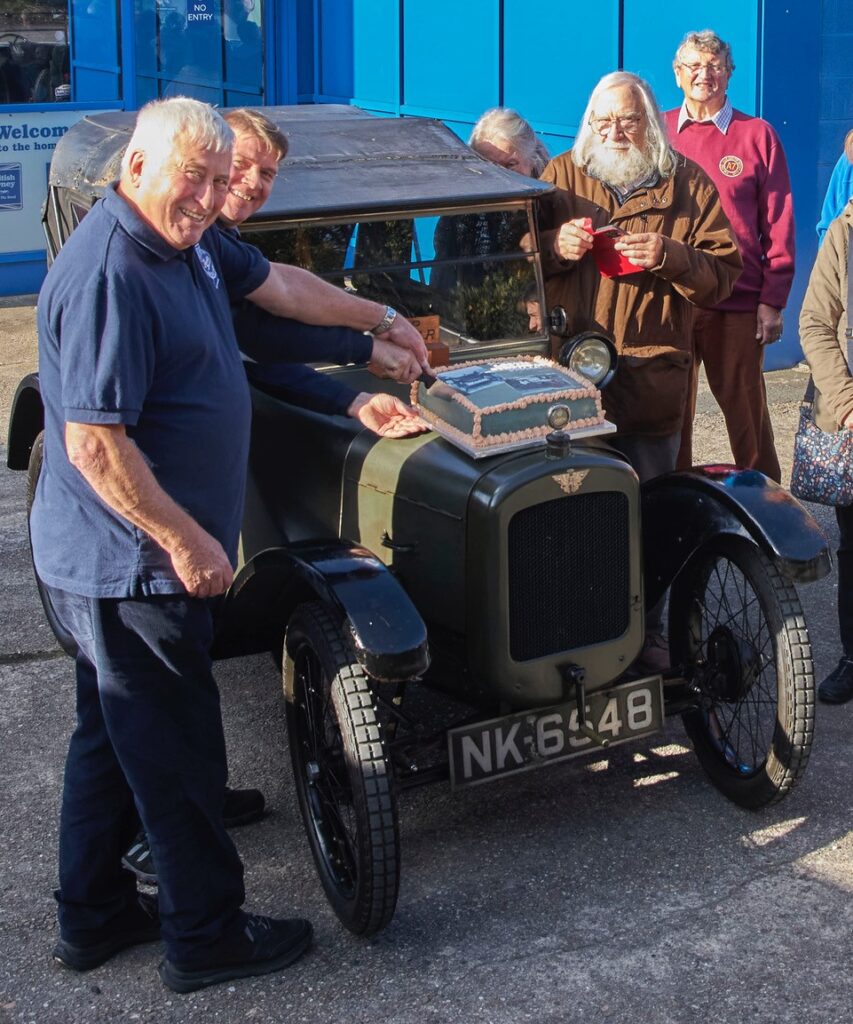
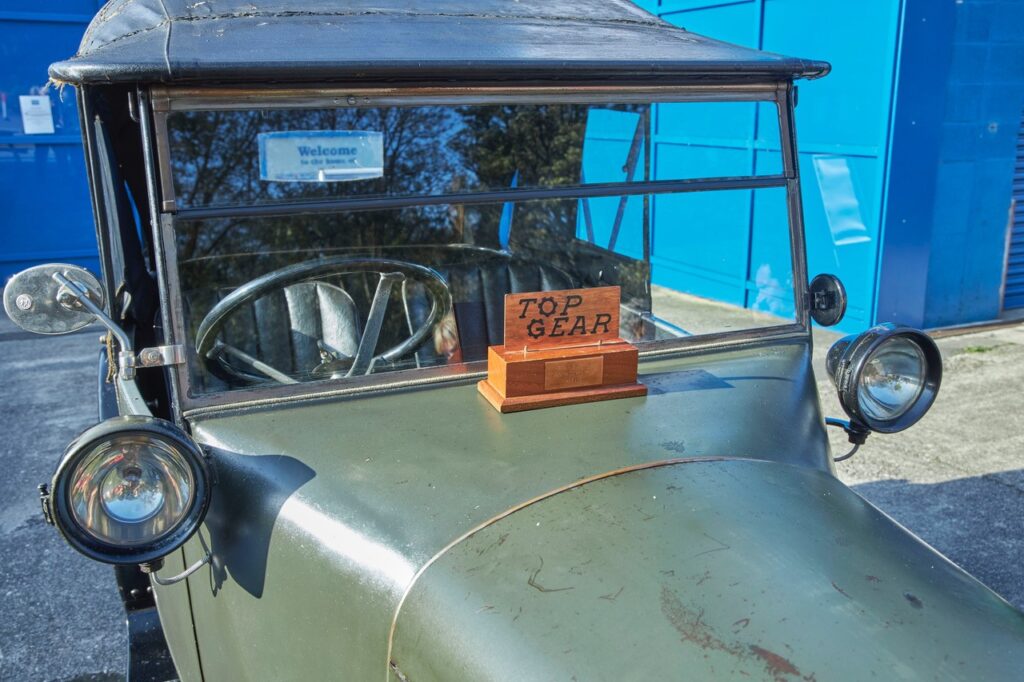
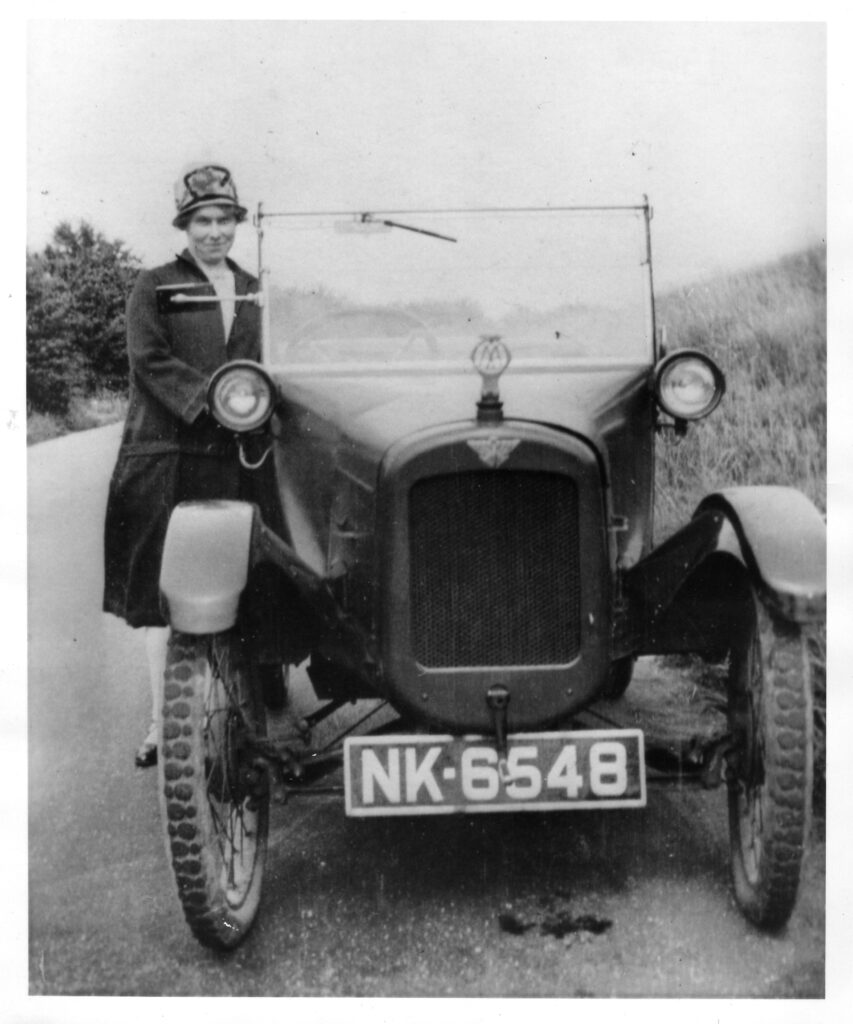



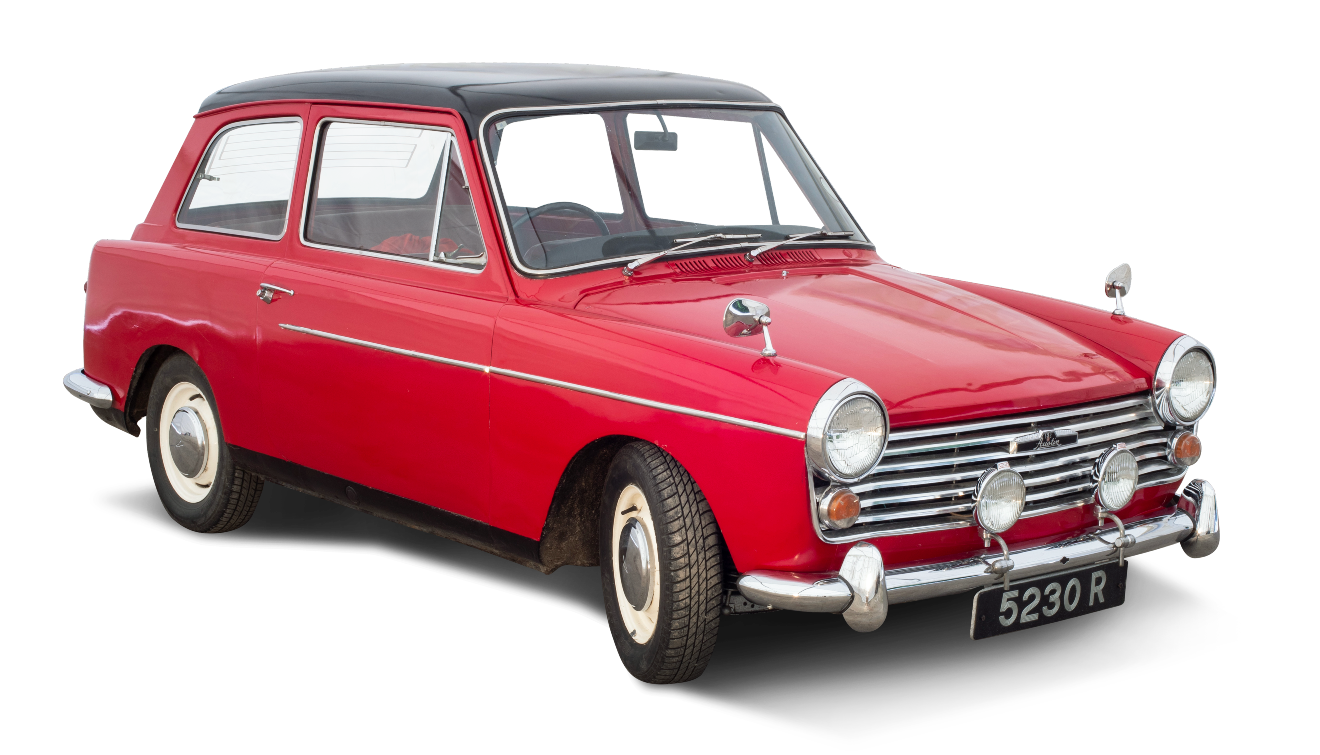


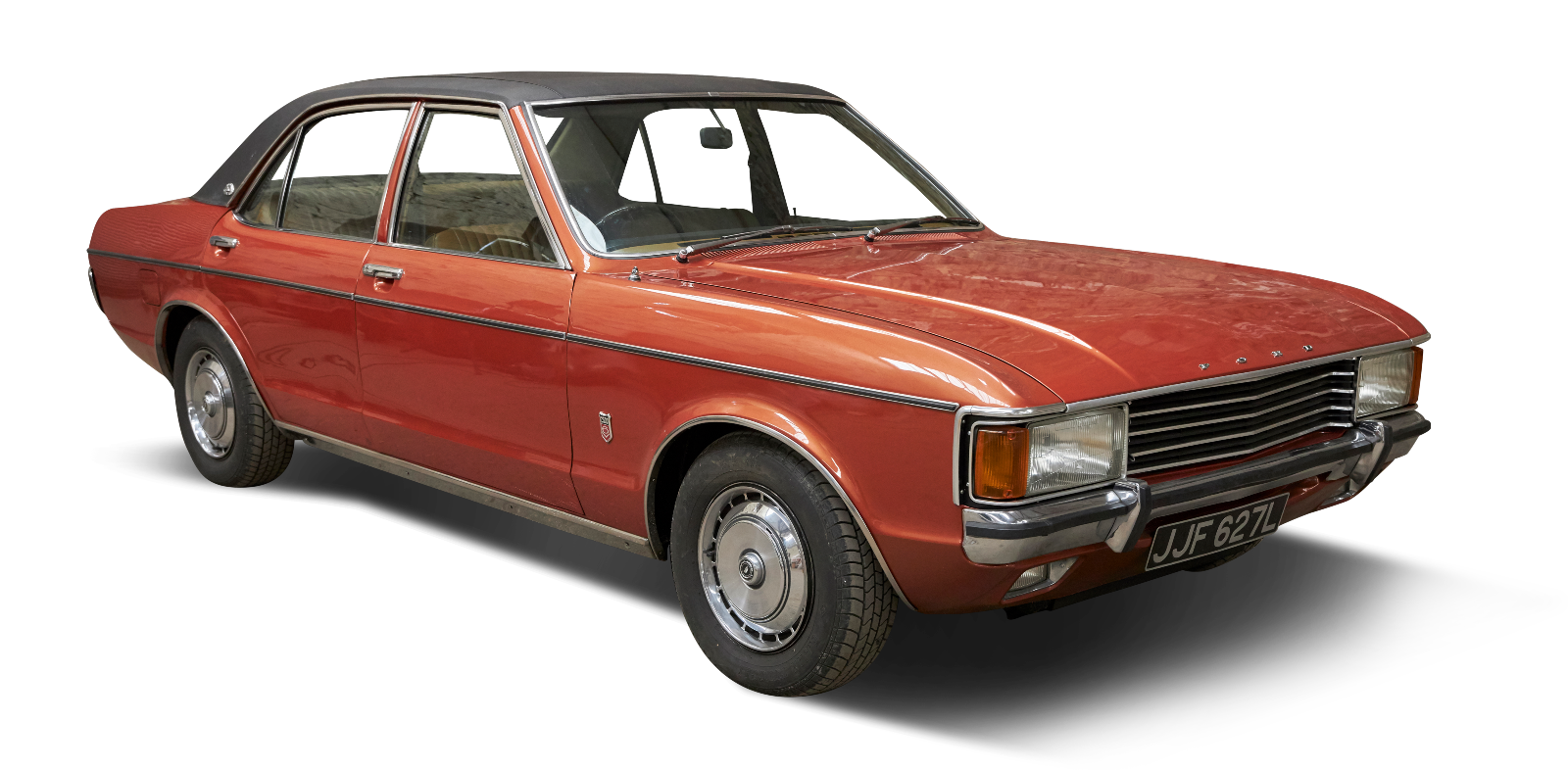
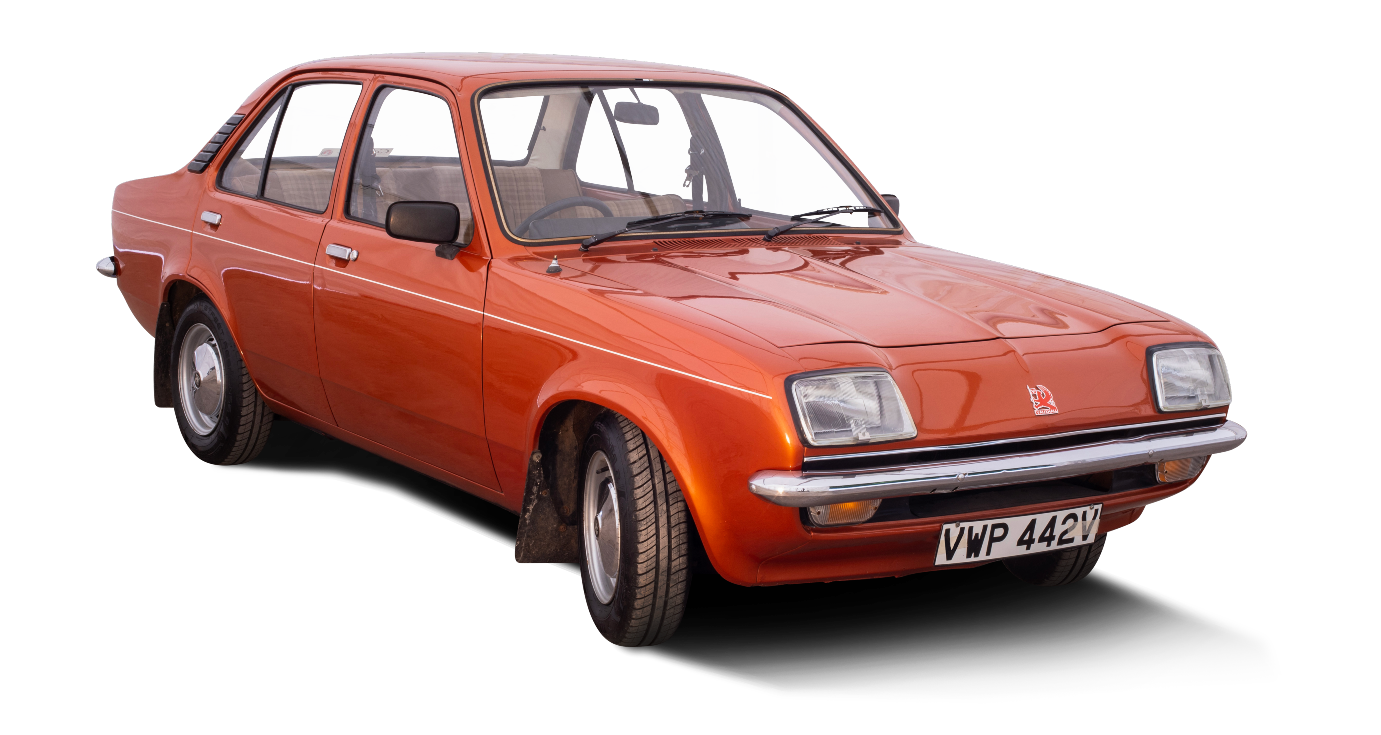
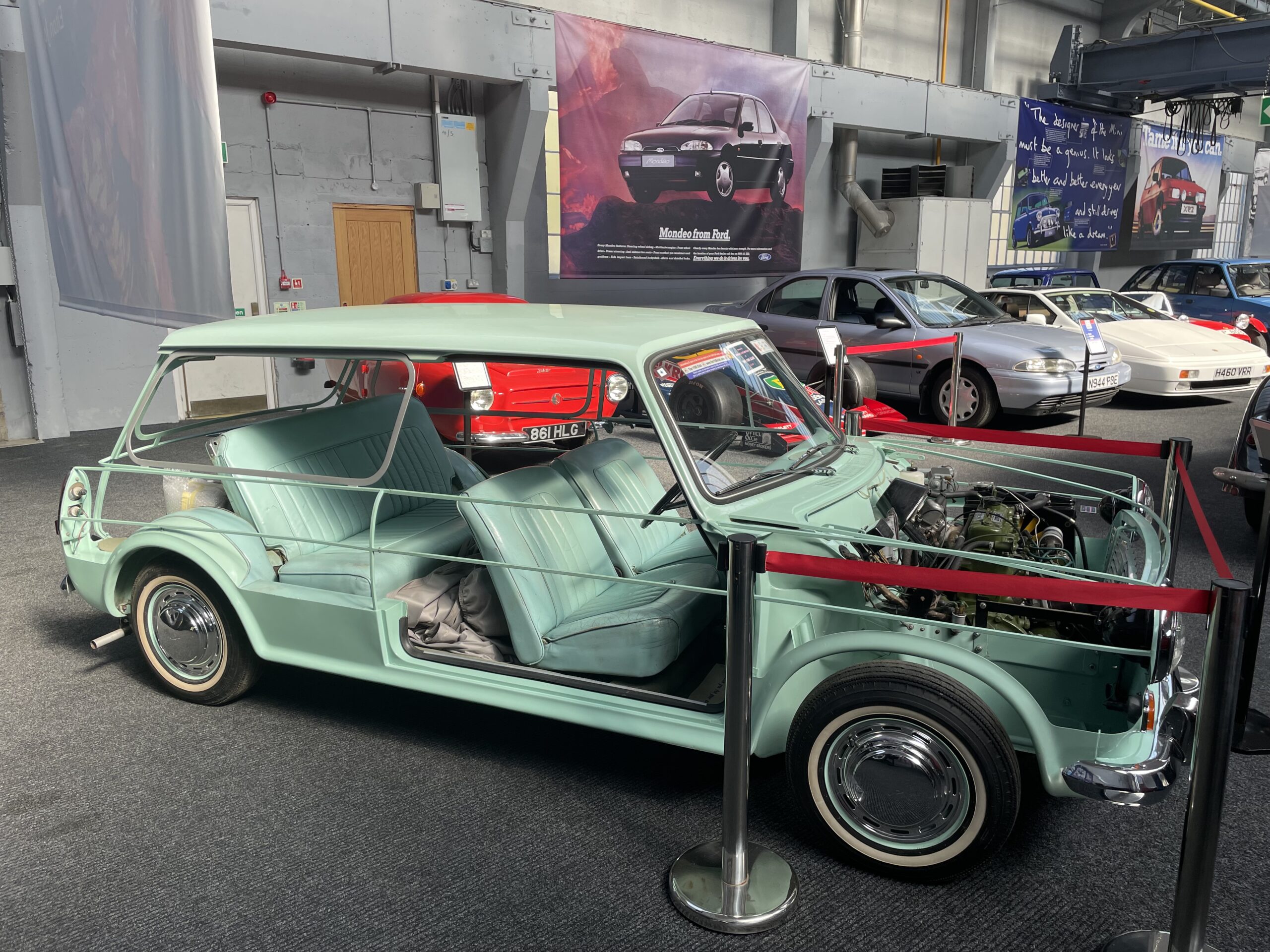
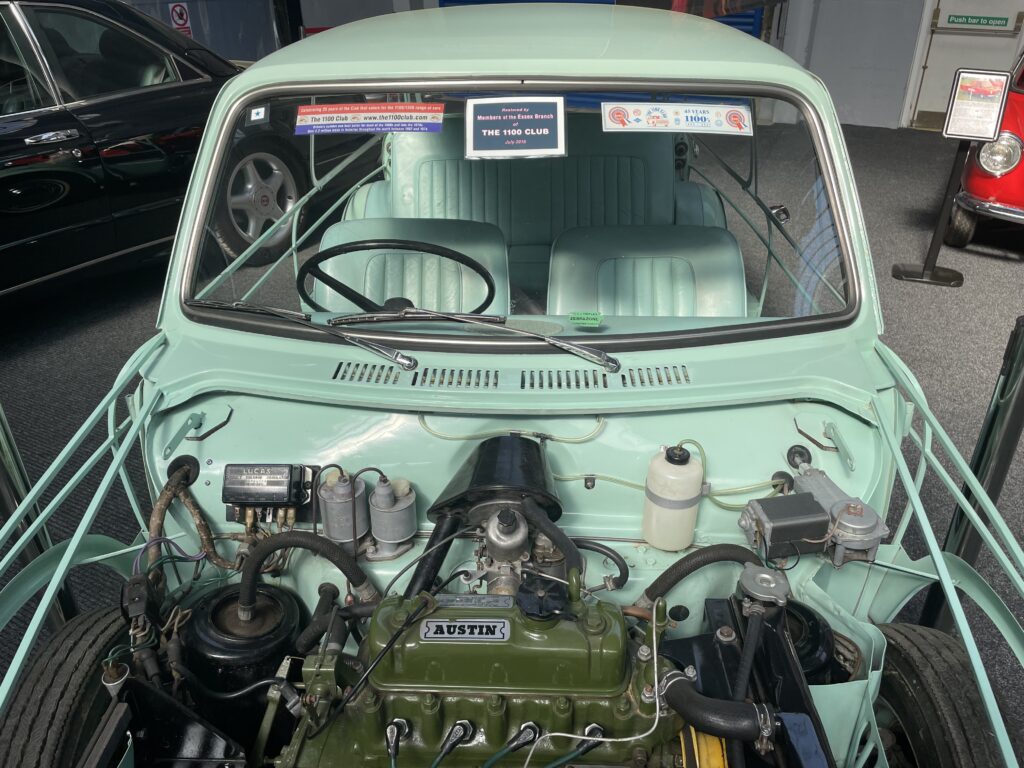
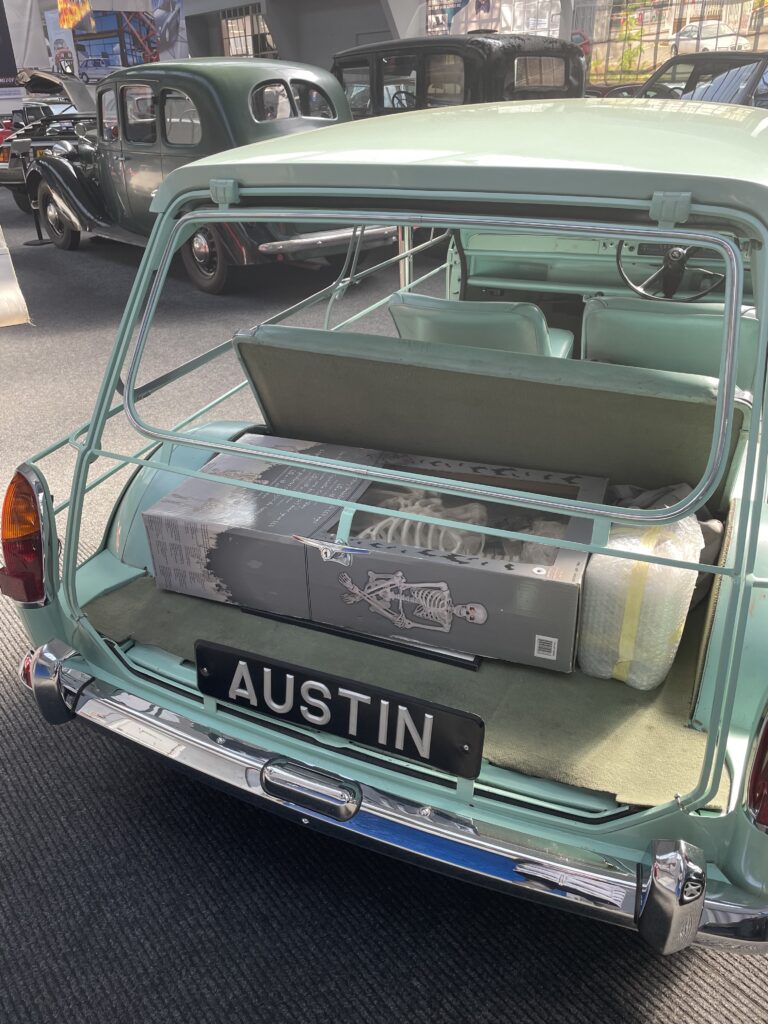
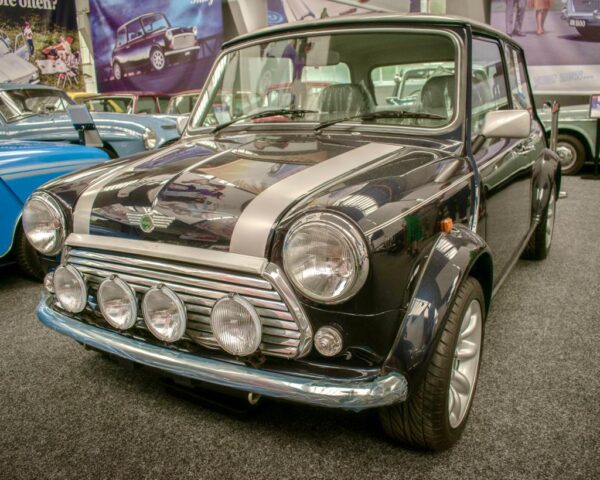
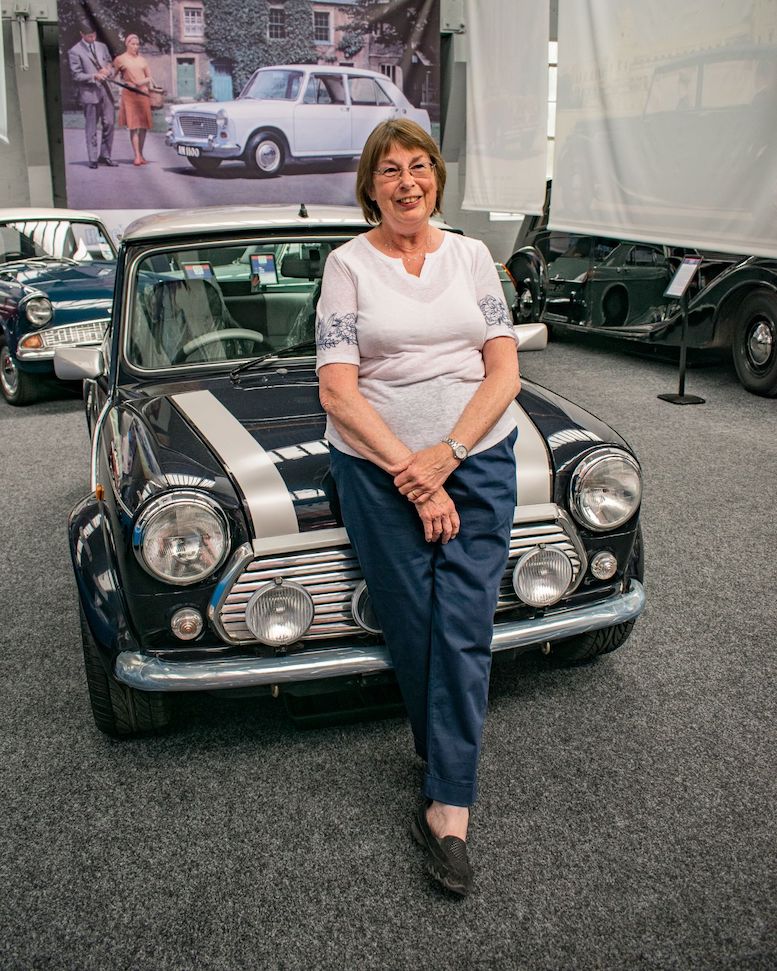
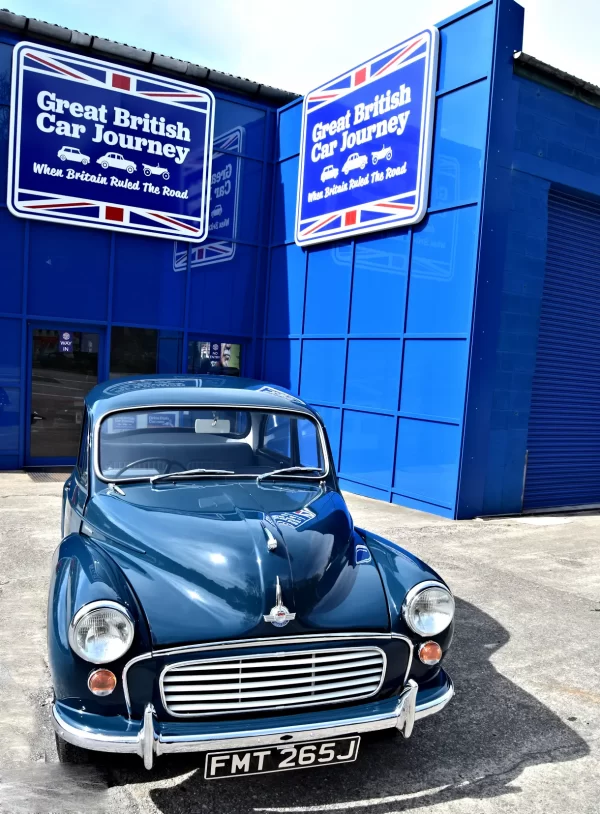
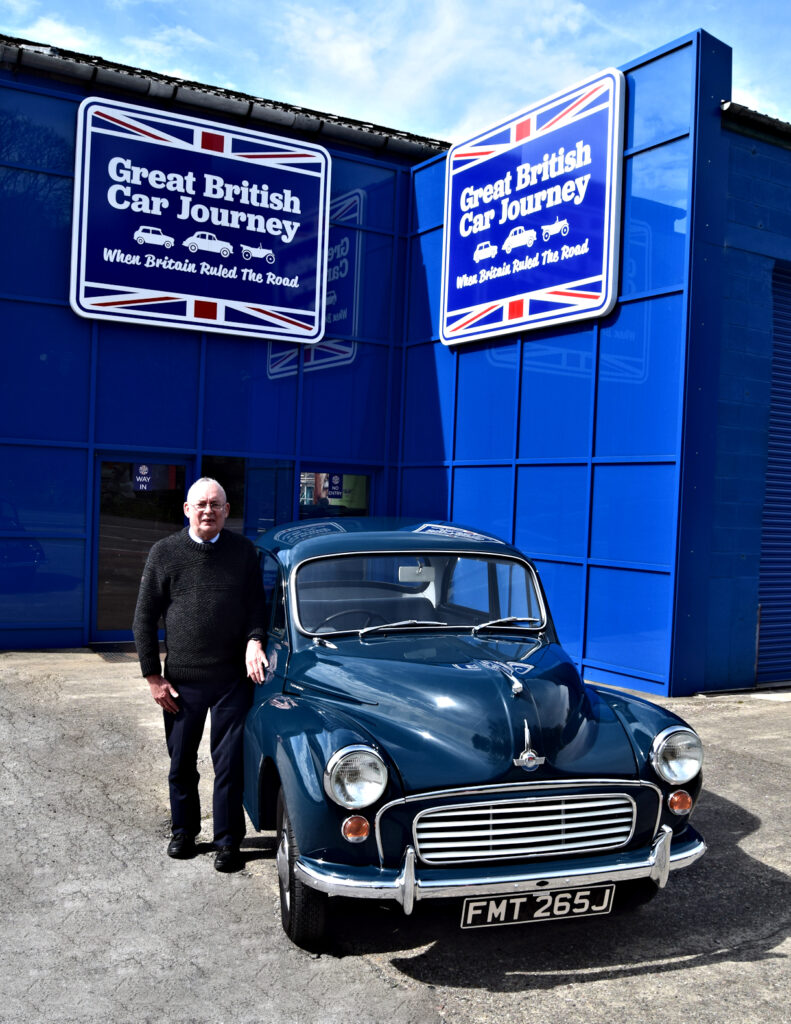
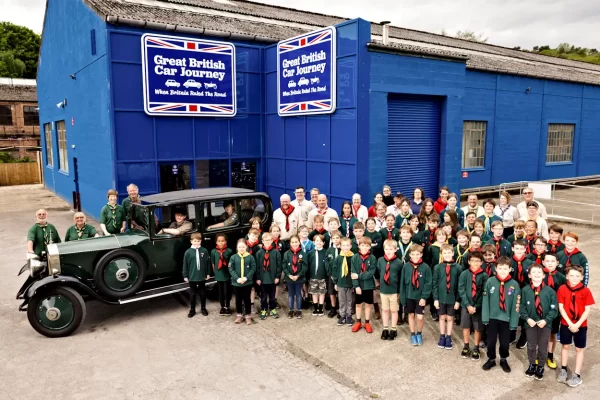
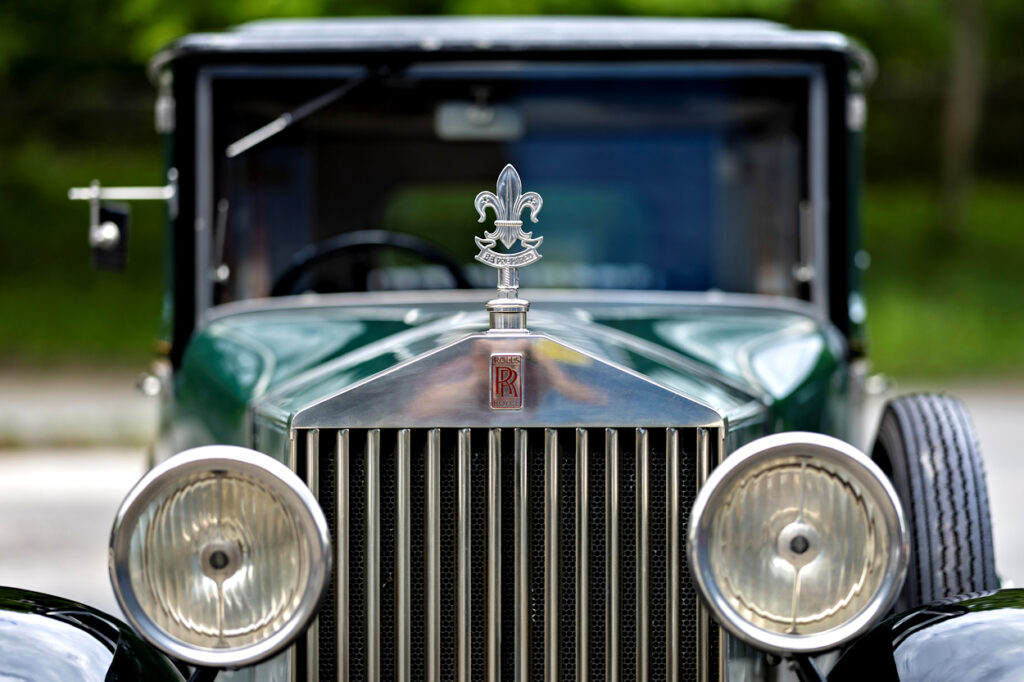 The unique car boasts the Scout Fleur de Lys emblem, etched with the Scouts motto ‘Be Prepared’ on the radiator in place of the traditional Spirit of Ecstasy or ‘Flying Lady’, making it one of a kind.
The unique car boasts the Scout Fleur de Lys emblem, etched with the Scouts motto ‘Be Prepared’ on the radiator in place of the traditional Spirit of Ecstasy or ‘Flying Lady’, making it one of a kind.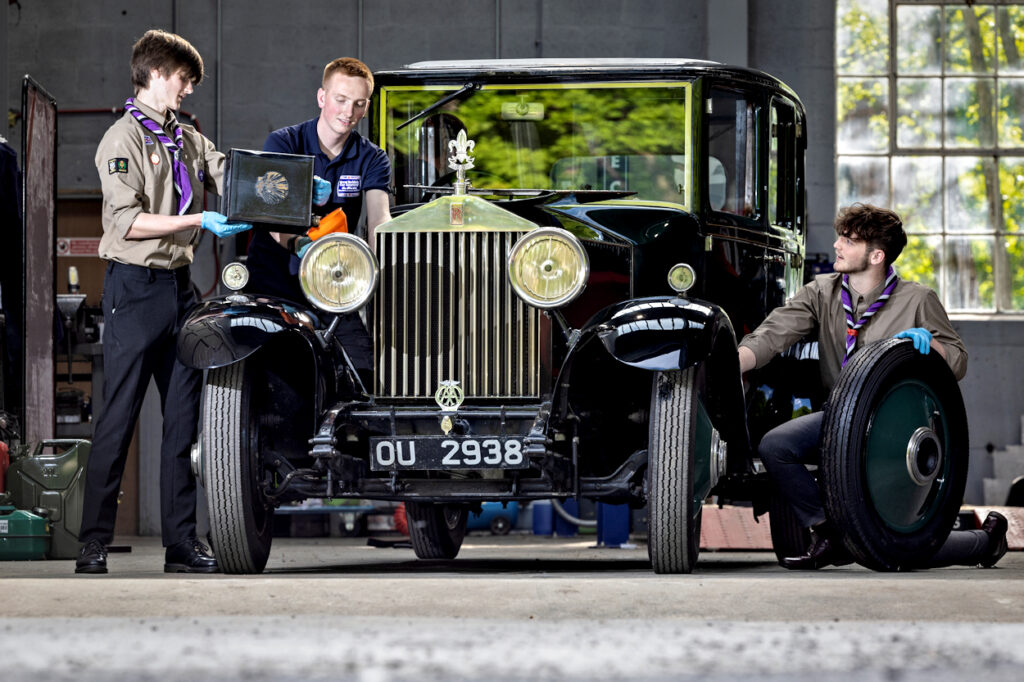 Following Jam Roll’s purchase by the trust, of which Lord Baden Powell’s grandson the Hon. Michael Baden Powell is a trustee, the car was sympathetically restored by Scouting volunteers and members of the Rolls Royce Heritage Centre where it was stored until it arrived at Great British Car Journey.
Following Jam Roll’s purchase by the trust, of which Lord Baden Powell’s grandson the Hon. Michael Baden Powell is a trustee, the car was sympathetically restored by Scouting volunteers and members of the Rolls Royce Heritage Centre where it was stored until it arrived at Great British Car Journey.